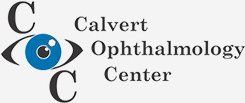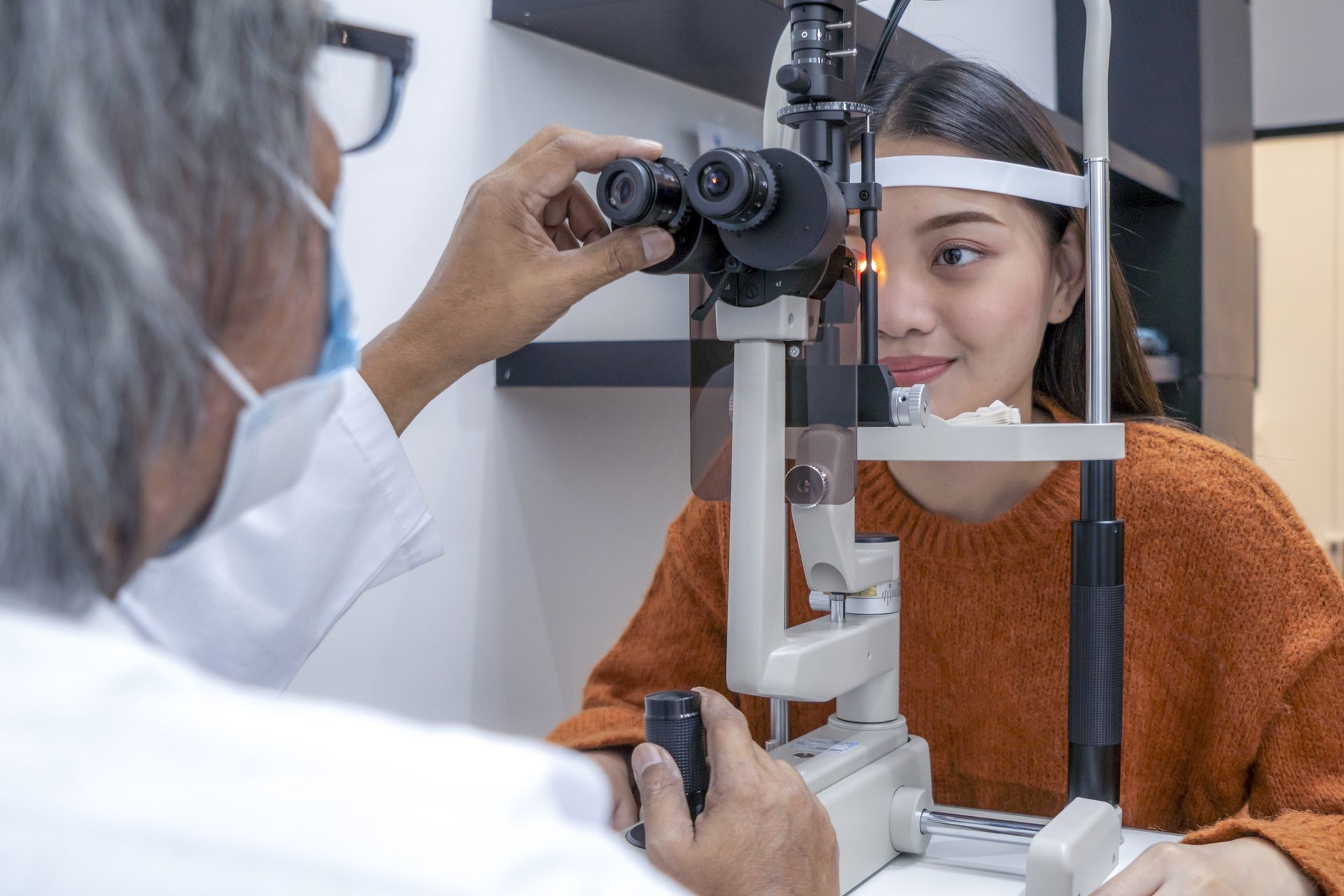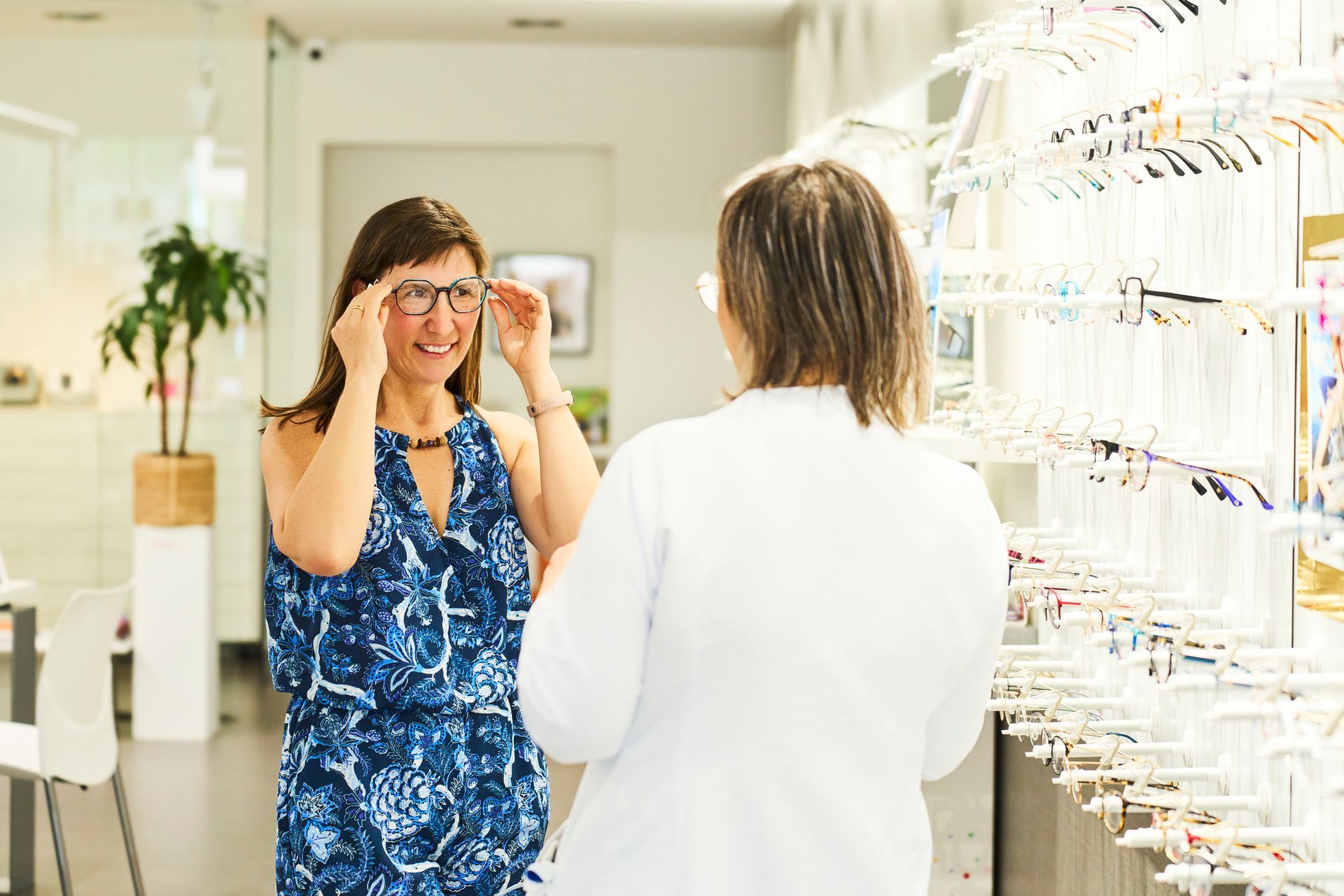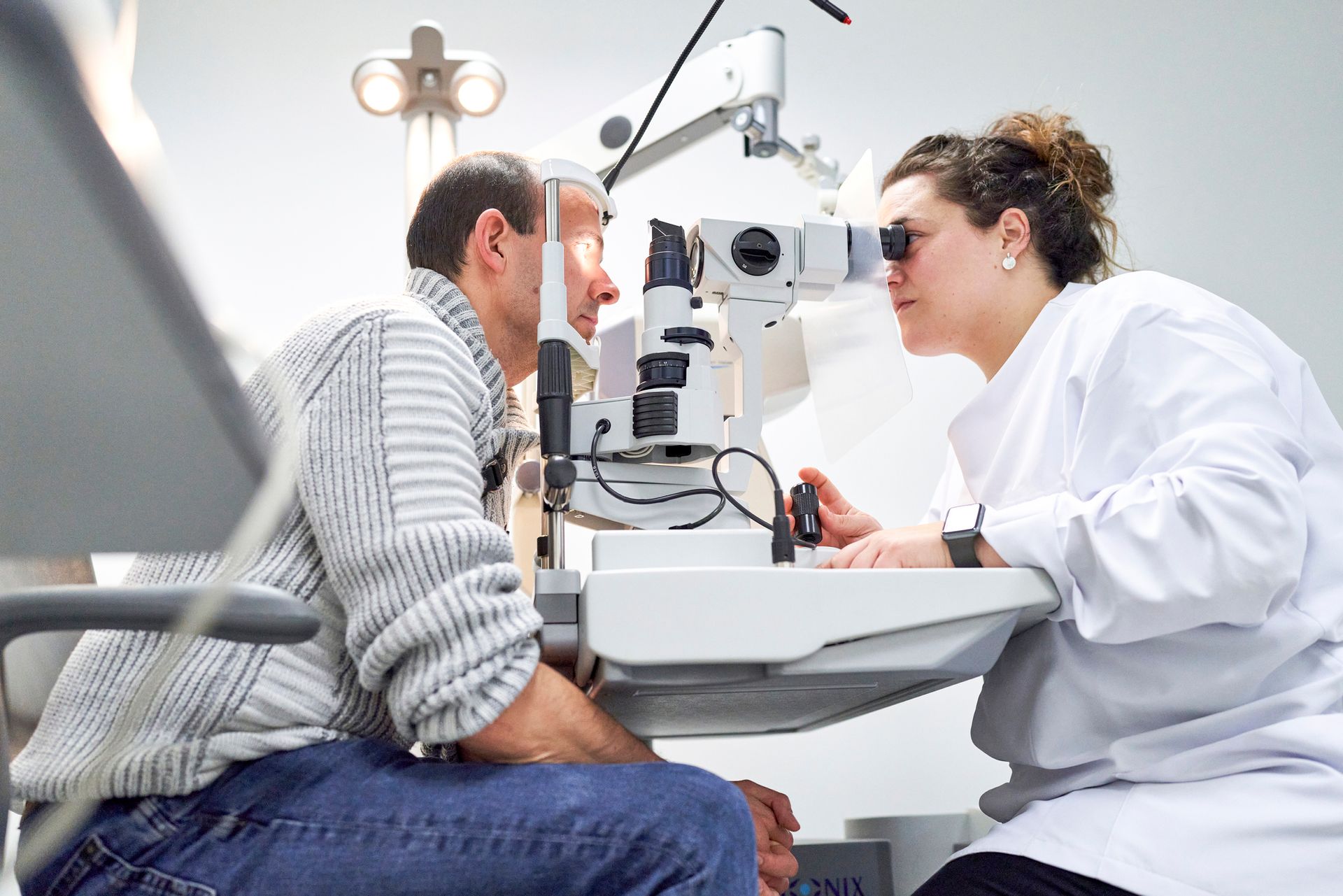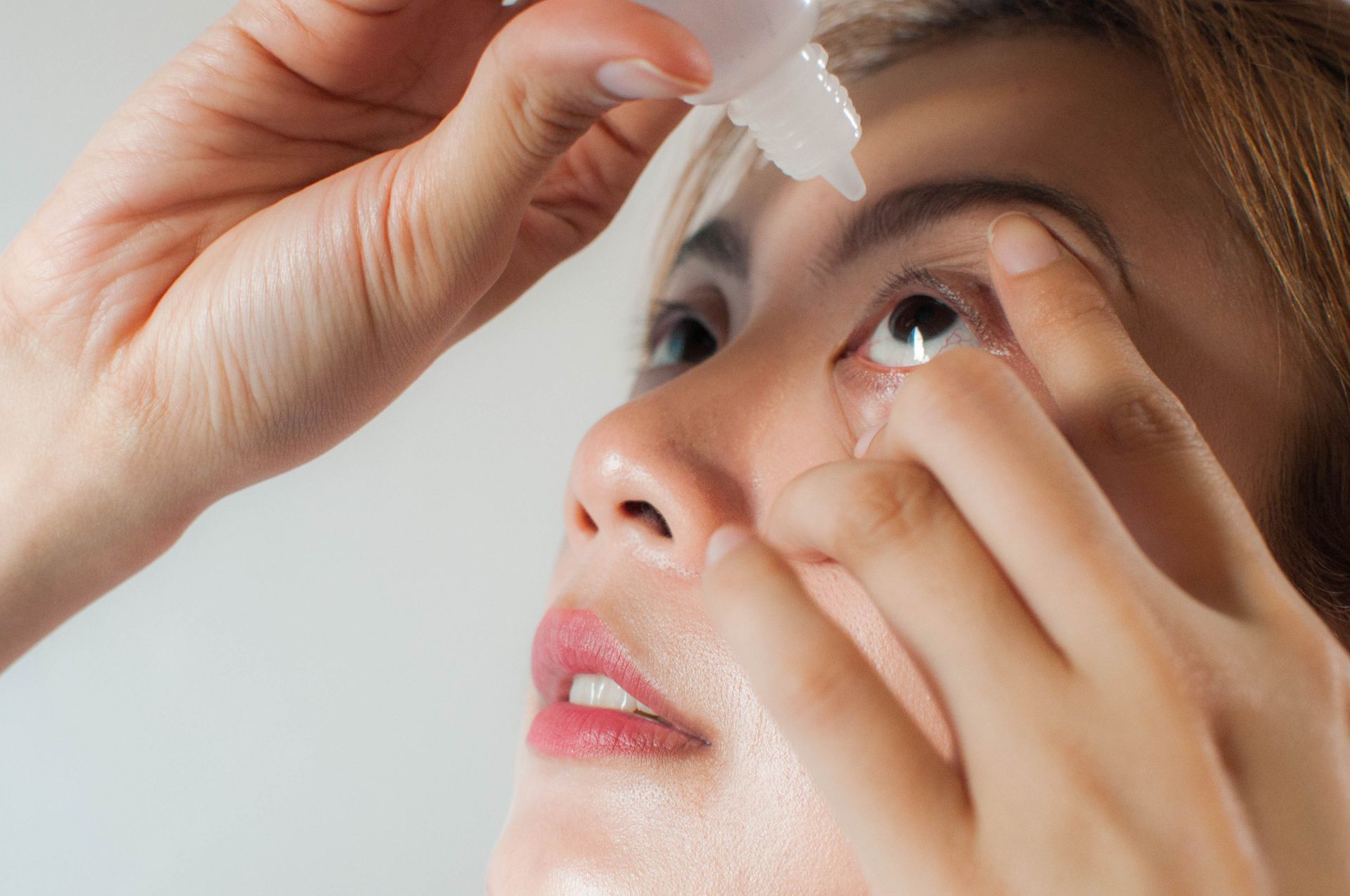5 Things to Know About Age-Related Macular Degeneration
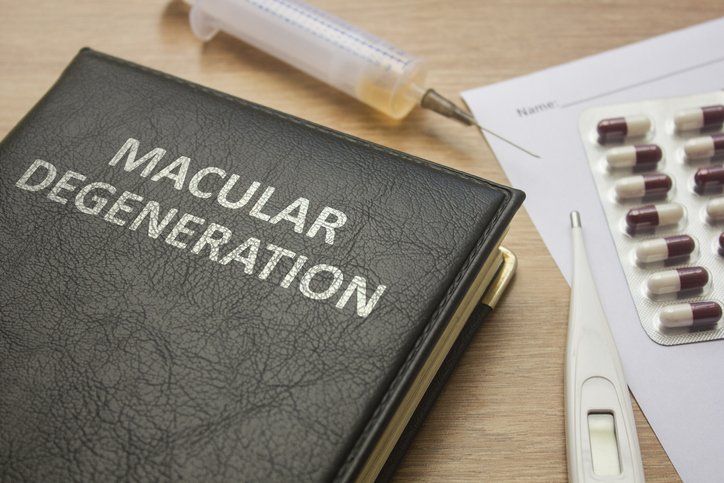
An estimated 11 millionpeople in the United States have an eye disease called age-related macular degeneration (AMD). This number is expected to reach 22 million by the year 2050.
AMD affects the eye's macula, which is located in the middle of the retina. The macula is responsible for clear and straight-ahead vision. It's also this part of the eye that gives people perfect vision as well as the best color vision.
To help you better understand this eye disease, here are five things to know about age-related macular degeneration.
1. Know If You Are at Risk for AMD
The reason this eye disease is called age-related macular degeneration is because it typically occurs in aging adults. The chance of acquiring AMD increases by 2 percent for those between the ages of 50 to 59. For those who are 75 and older, the risk increases by 30 percent.
Besides age, other risk factors of AMD include:
- Your family has a history of the eye disease
- You smoke cigarettes
- You are obese
- You have high blood pressure
If you have at least two of the above risk factors, the American Academy of Ophthalmology recommends seeing an ophthalmologist.
2. Know the Symptoms of AMD
Symptoms of AMD usually include fuzzy vision, blurred areas on a printed page, a sudden loss of vision, and extra sensitivity to glare. You might also experience difficulty reading in low levels of light. Another common symptom of AMD is that straight lines appear wavy or distorted.
If any of these symptoms are present, your optometrist might give you a diagnostic tool called an Amsler grid, which contains horizontal and vertical lines. This grid will help you detect a change in visual acuity, which could indicate AMD.
3. Know the Complications Associated With AMD
Throughout the world advanced AMD is a primary cause of visual impairment. For some, AMD even causes irreversible blindness.
AMD also causes irreversible damage to the macula. A damaged macula makes it very difficult to drive, read, recognize faces, see color, and do other activities that require straight-ahead vision.
4. Know How to Prevent AMD
There are some things you can do to reduce your chances of getting AMD. Besides maintaining a healthy weight, not smoking, and exercising on a regular basis, you should also keep your blood pressure and cholesterol under control. Changing your diet can also decrease the risk of getting AMD.
Here are some of those diet changes:
- Eat lots of dark, leafy green vegetables, such as broccoli, kale, and spinach
- Take a fish oil supplement, or eat fish on a regular basis
- Eat nuts and fruit on a daily basis
- Limit your intake of carbs or foods that are high on the high-glycemic index, such as white rice, white bread, and French fries
Protecting your eyes from UV rays and blue light can also help prevent damage to the macula.
5. Know How to Treat AMD
AMD has no cure. However, you can do things to improve the health of your macula and stop AMD from advancing to the next stage. For instance, if you already have AMD, you can ask your optometrist about taking certain supplements that improve macular health. These supplements will contain antioxidant vitamins and zinc.
Certain medications as well as photodynamic therapy can also help with AMD. Promising research for AMD includes retinal cell transplants, radiation therapy, and gene therapies.
If you have symptoms of age-related macular degeneration or you need to schedule an appointment for a routine eye exam, contact Calvert Ophthalmology Center. Our staff includes experienced optometrists and an ophthalmologist that can help you with all of your vision care needs.
